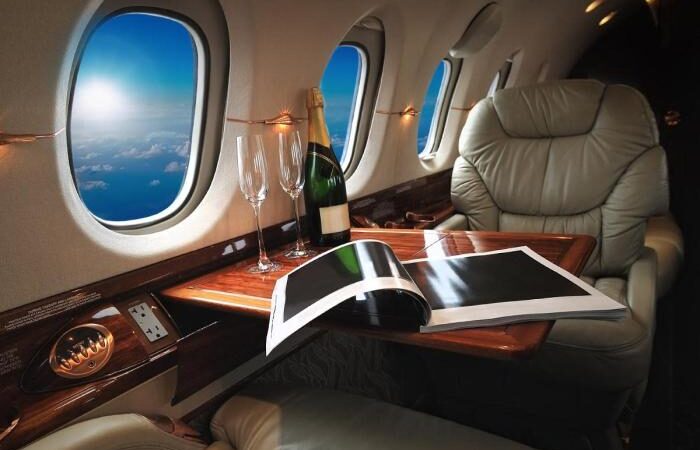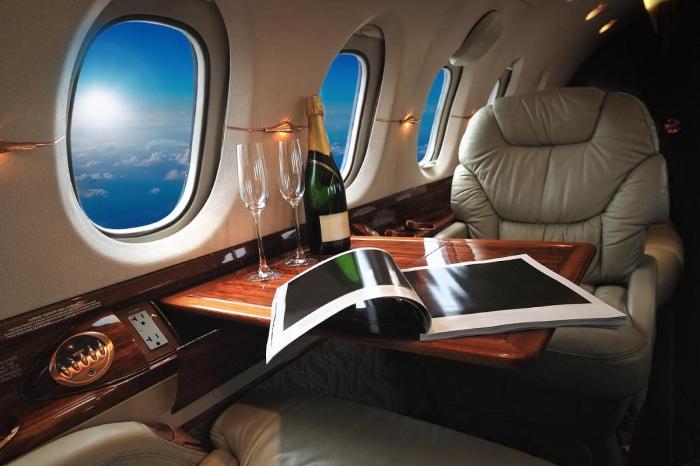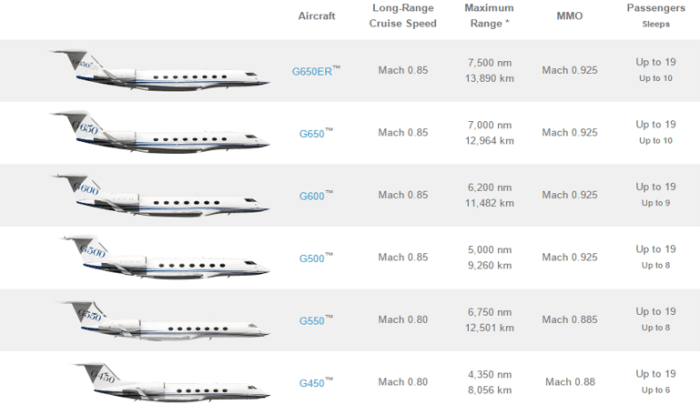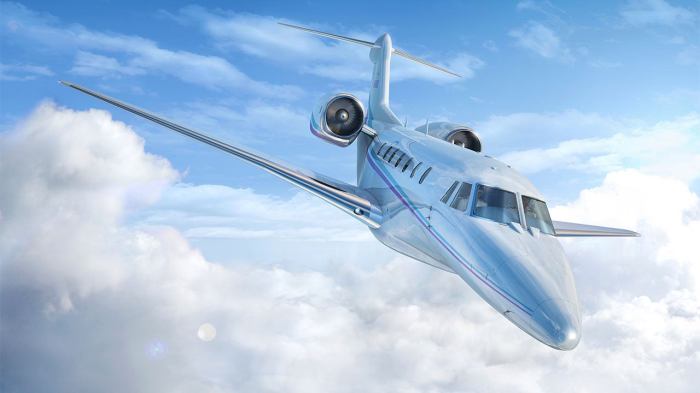Private Plane Cost: A Comprehensive Guide

Private plane cost is a topic that often sparks curiosity and fascination. Whether you’re a seasoned aviator or simply intrigued by the luxurious world of private aviation, understanding the financial implications of owning or leasing a private plane is essential.
From the initial purchase price to ongoing maintenance and operational expenses, there are numerous factors to consider when navigating this exclusive realm.
This guide delves into the complexities of private plane ownership and leasing, providing a comprehensive overview of the costs involved. We’ll explore the different types of private planes available, their associated price tags, and the various fixed and variable costs that come with owning or leasing one.
We’ll also compare the financial aspects of private plane ownership versus commercial aviation, helping you determine which option best suits your travel needs and budget.
Understanding Private Plane Ownership Costs
Owning a private plane can be a luxurious and convenient way to travel, but it comes with a significant financial commitment. To make an informed decision about private plane ownership, it’s essential to understand the various costs involved.
Types of Private Planes and Associated Costs
The cost of owning a private plane varies greatly depending on the type of aircraft you choose. Private planes come in a wide range of sizes, capabilities, and price points, from small single-engine aircraft to large, luxurious jets. Here are some common types of private planes and their associated costs:
- Single-engine aircraft: These are the most affordable type of private plane, with prices ranging from $100,000 to $500,000. They are typically used for short-distance travel and recreational flying. Operating costs for these planes are relatively low, with fuel being the primary expense.
- Twin-engine aircraft: These planes offer more speed, range, and passenger capacity than single-engine aircraft. Prices range from $500,000 to $10 million, and operating costs are higher due to increased fuel consumption and maintenance requirements.
- Turboprop aircraft t: These planes are known for their efficiency and speed, making them suitable for both business and personal travel. Prices range from $1 million to $20 million, and operating costs are generally lower than jets but higher than smaller aircraft.
- Light jets: These are smaller jets designed for short to medium-distance travel. Prices range from $3 million to $10 million, and operating costs are higher than turboprops due to increased fuel consumption.
- Mid-size jets: These jets offer more range, speed, and passenger capacity than light jets. Prices range from $10 million to $30 million, and operating costs are significantly higher than smaller jets.
- Large jets: These are the most luxurious and expensive type of private plane, with prices starting at $30 million and exceeding $100 million for some models. Operating costs are extremely high, including fuel, crew salaries, and maintenance.
Fixed Costs of Private Plane Ownership
Fixed costs are expenses that remain relatively consistent regardless of how much you fly. These costs include:
- Hangar fees: These fees cover the cost of storing your plane in a hangar, which protects it from the elements and provides security. Hangar fees vary depending on the size of the hangar and the location of the airport.
- Insurance: Private plane insurance is essential to protect you from financial losses in case of an accident. Insurance premiums vary depending on the type of aircraft, its value, and the pilot’s experience.
- Maintenance: Private planes require regular maintenance to ensure their safety and reliability. Maintenance costs can vary depending on the age and type of aircraft, but they can be significant.
- Depreciation: Like any asset, private planes depreciate over time. This depreciation is a fixed cost that should be factored into your overall ownership expenses.
Variable Costs of Private Plane Ownership
Variable costs are expenses that fluctuate depending on how much you fly. These costs include:
- Fuel: Fuel is the largest variable cost for private plane ownership. Fuel prices vary depending on the type of aircraft, the distance traveled, and the price of jet fuel.
- Crew salaries: If you choose to hire a pilot and crew, their salaries will be a significant variable cost. Crew salaries vary depending on their experience and qualifications.
- Landing fees: Landing fees are charged by airports for the use of their facilities. These fees vary depending on the size of the airport and the type of aircraft.
- In-flight catering: If you choose to have meals and beverages served on your flights, these costs will be a variable expense.
Private Plane Leasing vs. Buying
Deciding whether to lease or buy a private plane is a significant financial decision that requires careful consideration. Both options offer unique advantages and disadvantages, and the best choice depends on individual needs, financial circumstances, and flight frequency.
Lease Terms and Associated Costs
Lease terms for private planes vary depending on the aircraft type, lease duration, and lessor. Typically, leases range from one to ten years, with shorter terms offering more flexibility but potentially higher monthly payments.
- Lease Type: Leases can be categorized as operating leases or finance leases. Operating leases provide short-term access to an aircraft with minimal upfront investment, while finance leases offer longer-term ownership rights with a purchase option at the end of the lease.
- Lease Costs: Monthly lease payments typically include aircraft maintenance, insurance, and hangar fees. The cost varies significantly based on the aircraft model, its age, and the lease terms.
- Lease Agreements: Lease agreements Artikel the responsibilities of both the lessor and lessee, including maintenance schedules, insurance coverage, and flight hours limitations.
Financial Considerations
- Upfront Investment: Leasing requires a smaller upfront investment compared to purchasing, making it a more accessible option for individuals with limited capital. However, purchasing allows for equity building and potential appreciation in value over time.
- Monthly Payments: Leasing offers predictable monthly payments, simplifying budgeting and cash flow management. However, these payments may be higher than financing a purchase, especially for longer lease terms.
- Long-Term Ownership Costs: Purchasing a private plane involves long-term ownership costs, including maintenance, repairs, insurance, and hangar fees. These costs can fluctuate depending on the aircraft’s age and usage.
Factors Influencing Private Plane Cost
The cost of private plane ownership or leasing is influenced by a variety of factors. These factors can be categorized into two main areas: initial acquisition costs and ongoing operating costs. Understanding these factors is crucial for making informed decisions about private aviation.
Aircraft Type and Size
The type and size of the aircraft have a significant impact on both the initial purchase price and the ongoing operating costs. Larger aircraft, such as jets, are more expensive to purchase and operate than smaller aircraft, such as turboprops or single-engine planes.
The relationship between aircraft size and cost is not linear. A larger aircraft may not necessarily cost twice as much as a smaller aircraft, but the difference in cost can be substantial.
For example, a light jet might cost between $3 million and $8 million, while a mid-size jet could cost between $10 million and $25 million. This difference in price is reflected in the ongoing operating costs as well.
Aircraft Features and Equipment
The features and equipment included in an aircraft also impact its cost.
Aircraft with advanced avionics, entertainment systems, and luxurious interiors will be more expensive to purchase and maintain than those with basic features.
For example, a fully equipped business jet with a sophisticated cockpit, in-flight Wi-Fi, and comfortable seating will have a higher purchase price and higher operating costs than a basic aircraft with fewer features.
Flight Frequency and Destination
The frequency of flights and the destinations you plan to travel to also play a role in determining the cost of private aviation.
More frequent flights will result in higher operating costs, as will flights to longer distances.
For example, a company that uses a private jet for weekly flights between New York and Los Angeles will incur higher operating costs than a company that uses a private jet for monthly flights between New York and Boston.
Aircraft Age
The age of an aircraft can also impact its cost.
Older aircraft are generally less expensive to purchase than newer aircraft, but they may require more maintenance and repairs.
For example, a 10-year-old aircraft might be available for a fraction of the price of a brand-new aircraft, but it may require more maintenance and repairs, which can offset the initial savings.
Other Factors
In addition to the factors mentioned above, other factors that can influence the cost of private aviation include:
- Fuel prices
- Insurance costs
- Hangar fees
- Maintenance costs
- Pilot salaries
- Airport fees
Cost Comparison: Private Plane Cost

The decision to travel by private plane versus commercial airline is influenced by a range of factors, including cost. This section explores the cost comparison between these two options, considering different trip distances and passenger numbers, and analyzing the benefits and drawbacks of each choice.
Cost Comparison by Trip Distance and Passenger Number
The cost of private plane travel is generally higher than commercial airline flights, especially for short distances and fewer passengers. However, as the distance increases and the number of passengers grows, the cost difference can narrow, and in some cases, private plane travel can become more cost-effective.
- Short Distances (Under 500 Miles ): For short trips, commercial flights are usually significantly cheaper than private planes. The fixed costs associated with operating a private plane, such as hangar fees and maintenance, make short-distance travel less economical. For example, a round-trip flight between New York City and Boston on a commercial airline might cost $200-$300 per person, while a comparable private plane flight could cost $5,000-$10,000.
- Medium Distances (500-1,500 Miles): As the distance increases, the cost difference between private and commercial flights begins to shrink. For example, a round-trip flight between New York City and Los Angeles on a commercial airline might cost $400-$600 per person, while a comparable private plane flight could cost $10,000-$20,000.This cost difference can be further influenced by the number of passengers, with private plane travel becoming more attractive for larger groups.
- Long Distances (Over 1,500 Miles): For long-distance trips, private plane travel can become more cost-effective, especially for larger groups. The ability to fly directly to smaller airports without the need for connections and the convenience of a private terminal can offset the higher initial cost.For example, a round-trip flight between New York City and London on a commercial airline might cost $1,000-$2,000 per person, while a comparable private plane flight could cost $20,000-$40,000. However, the cost difference can vary depending on the type of private plane and the specific route.
Benefits and Drawbacks of Private vs. Commercial Aviation
The decision between private and commercial aviation is a complex one, influenced by a range of factors, including cost, convenience, time savings, and privacy.
Benefits of Private Plane Travel
- Convenience: Private plane travel offers unparalleled convenience, allowing travelers to fly directly to their destination without the need for connections or long lines at airports. This can save significant time, especially for busy executives or families with young children.
- Time Savings: Private planes can access smaller airports that are not served by commercial airlines, reducing travel time and allowing travelers to avoid the hassle of navigating large airports.
- Privacy: Private plane travel provides a high level of privacy, allowing travelers to conduct business or relax in a comfortable and secure environment. The ability to control the environment and the passenger list adds to the sense of privacy and security.
- Flexibility: Private plane travel offers greater flexibility, allowing travelers to customize their itineraries and adjust their schedules as needed. This is especially valuable for business travelers who need to make last-minute changes to their plans.
Drawbacks of Private Plane Travel
- Cost: The primary drawback of private plane travel is its high cost. Operating a private plane incurs significant expenses, including purchase or lease costs, maintenance, hangar fees, fuel, and crew salaries. These costs can be substantial, making private plane travel less affordable for most individuals.
- Limited Accessibility: Private plane travel is not as widely accessible as commercial airline flights. Smaller airports and limited infrastructure can make it difficult to travel to certain destinations by private plane. The need for specialized pilots and maintenance crews also adds to the complexity of private plane travel.
- Weather Restrictions: Private planes are more susceptible to weather delays and cancellations than commercial airlines. The smaller size and limited range of private planes can make them less suitable for flying in adverse weather conditions.
Scenarios Where Private Plane Travel Might Be More Cost-Effective
While private plane travel is generally more expensive than commercial airline flights, there are certain scenarios where it can be more cost-effective.
- Large Groups: For large groups of travelers, the cost per person for private plane travel can be lower than commercial airline flights, especially for long distances. The ability to fly directly to the destination without the need for connections and the convenience of a private terminal can offset the higher initial cost.
- Time-Sensitive Travel: For time-sensitive travelers, the convenience and flexibility of private plane travel can be worth the additional cost. The ability to fly directly to the destination without the need for connections or long lines at airports can save significant time and money in the long run.
- Travel to Remote Locations: Private plane travel can be the only option for travel to remote locations that are not served by commercial airlines. The ability to access smaller airports and land on unpaved runways can make private plane travel essential for reaching these destinations.
Private Plane Ownership and Financial Planning

Private plane ownership is a significant financial commitment that requires careful planning and consideration. It involves not only the initial purchase price but also ongoing expenses such as maintenance, insurance, hangar fees, and fuel. Understanding the financial implications of private plane ownership is crucial in making informed decisions and ensuring long-term financial viability.
Tax Benefits, Private plane cost
Tax benefits associated with private plane ownership can offset some of the expenses. These benefits can vary depending on the type of aircraft, usage, and individual circumstances. Here are some common tax benefits:
- Depreciation: Private planes are considered business assets, allowing owners to claim depreciation deductions on their tax returns. Depreciation is the gradual decline in the value of an asset over time, and it can be deducted as an expense, reducing taxable income.
- Interest Deductions: If the aircraft is financed, interest payments on the loan can be deducted as an expense. This can help reduce taxable income.
- Fuel Tax Credits: Certain fuel tax credits may be available for business use of the aircraft.
It’s important to consult with a qualified tax advisor to determine the specific tax benefits applicable to your situation.
Financial Management
Managing the financial aspects of private plane ownership effectively is essential for long-term success. Here are some key aspects to consider:
- Budgeting: Creating a detailed budget that includes all anticipated expenses, such as purchase price, maintenance, insurance, hangar fees, fuel, and pilot salaries, is crucial. This helps track spending and ensure financial stability.
- Insurance: Obtaining comprehensive insurance coverage is vital to protect against financial losses from accidents, damage, or liability. This should include hull insurance, liability insurance, and personal accident insurance.
- Maintenance Planning: Regular maintenance is essential to ensure the aircraft’s safety and reliability. Establishing a maintenance schedule and budgeting for these expenses is crucial. It’s advisable to consider a reserve fund for unexpected repairs or maintenance costs.
Financial Viability Assessment
Assessing the long-term financial viability of private plane ownership involves considering individual needs, usage patterns, and financial resources. Here are some factors to evaluate:
- Usage Frequency: The frequency of flights and the distance traveled will significantly impact the cost of ownership. Higher usage generally justifies the expense, while infrequent use may make ownership less cost-effective.
- Alternative Transportation Costs: Compare the cost of private plane ownership with alternative transportation options, such as commercial flights, chartered flights, or car travel. This analysis helps determine if private plane ownership provides a significant cost advantage or if alternative options are more cost-effective.
- Financial Resources: Evaluate your financial resources, including income, savings, and debt levels, to determine if you can comfortably afford the ongoing expenses associated with private plane ownership. It’s important to have a solid financial foundation to support the investment.
Concluding Remarks

The decision to invest in private aviation is a significant one, requiring careful consideration of financial implications and personal travel needs. While the initial cost of purchasing or leasing a private plane can be substantial, the convenience, flexibility, and privacy it offers can be invaluable for certain individuals and businesses.
Ultimately, the true value of private plane ownership lies in its ability to enhance your travel experience and streamline your schedule, providing you with unparalleled freedom and efficiency.
Comments are closed.